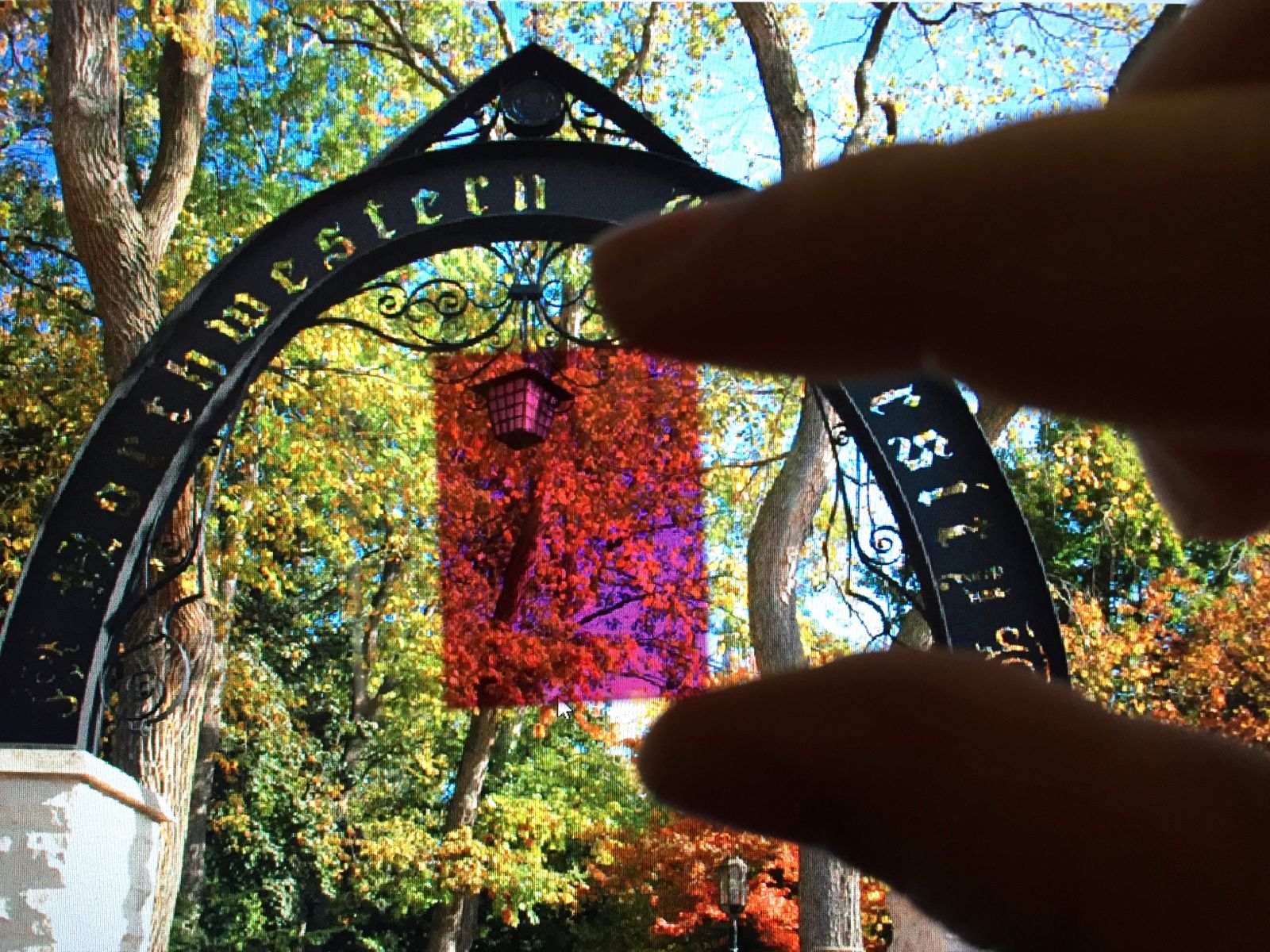PEROVSKITE / ORGANIC PV MATERIALS

FEATURES of PEROVSKITE TECHNOLOGY
High Power Conversion Efficiency

As one of the members of emerging solar technologies, perovskite solar cell has been soaring in the past decade, with skyrocketed light-to-electricity power conversion efficiency up to > 22% in lab-fabricated small area devices.
Solution process
Different from traditional crystal growth or vacuum processing, perovskite solar panel can be solution processed, promising ultra-fast printing of perovskite solar modules and low manufacturing cost.
Light weight
As one of the members of thin film solar technology family, perovskite solar cells are light weight and features high power-to weight ratio.
Flexibility
Perovskite solar modules can be flexible and implemented in creative designs of electronics. Being combined with solution-printing technology, large-scale manufacturing can be realized via high speed roll-to-roll processing.
Colorful and semi-transparent
Perovskite solar materials can be chemically modified into colorful and semi-transparent thin film, which diversifies the applications of solar panel.
High indoor performance
Highly efficient energy conversion in indoor and under weak light enables a continuous supply of power wherever the electronics are installed or brought.
APPLICATIONS
Indoor applications
Perovskite solar module with features like being light weight, flexible, thin, colorful, semi-transparent, indoor functionalities, diversifies the application with a lot of electronic devices, such as remote control, electronic shelf label, beacon, etc. The application promises the replacement of traditional one-time dry batteries that possess risk for both damaging their devices and causing environmental pollution. By taking the advantages of perovskite technology, integration with products can not only be an added function but also part of a fashionable design and brand image.
Building-integrated photovoltaics (BIPV)
The appearance of the solar panel promises the application of building-integrated photovoltaics (BIPV), with a market size of 12.5 billion USD, in which the building materials are replaced by photovoltaic materials in certain parts of the building envelope such as roof, facades, windows, curtain walls, etc. The colour-tunable and semi-transparent perovskite solar module diversifies the design of buildings or other installation arts, especially for the high demands of windows and curtain walls in which the opaque crystalline silicon solar modules is ruled out for competence.
Perovskite-silicon tandem integration
Perovskite material is one of a few efficient high bandgap absorbers which are very promising as front cells of tandem junctions coupled with silicon solar modules. Commercialization pathway toward a standalone perovskite solar system would be highly risky to fall into the similar struggling of other emerging solar technology. The conventional c-Si system (including monocrystalline and multi-crystalline silicon) dominate the PVs market, taking over >90% share of PV industry with around ~120 billion market size. The economics of scale is the case for silicon system with intense investments and infrastructure construction over the past decades, making it very low cost and strongly competitive in the marketplace. For attaining the goal of grid-parity, improving the PCE of solar system is particularly important because the installation cost will effectively drop when certain power can be gained within a smaller land area, resulting in lesser construction, lesser number of solar panels and lower land rent cost. One approach is the multi-junction (i.e. tandem structure) by implementing two or more solar cells with separate (or partially separate) light absorption ranges. Perovskite is uniquely one of the very few highly efficient large bandgap PV materials, promising the integration with low bandgap c-Si into a tandem structure to improve the overall PCE. The bandgap can be easily tuned by compositional engineering, which facilitates the optimization process of tandem solar cells. This is a mutualism business model leveraging the existing technology instead of compete with it. The tandem/silicon structure with partially separate light absorption range can theoretically attain 45% PCE, exceeding the Shockley-Queisser limit for single junction solar cell (~33%).



